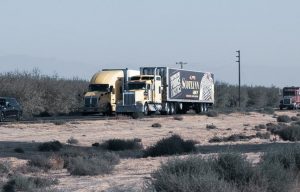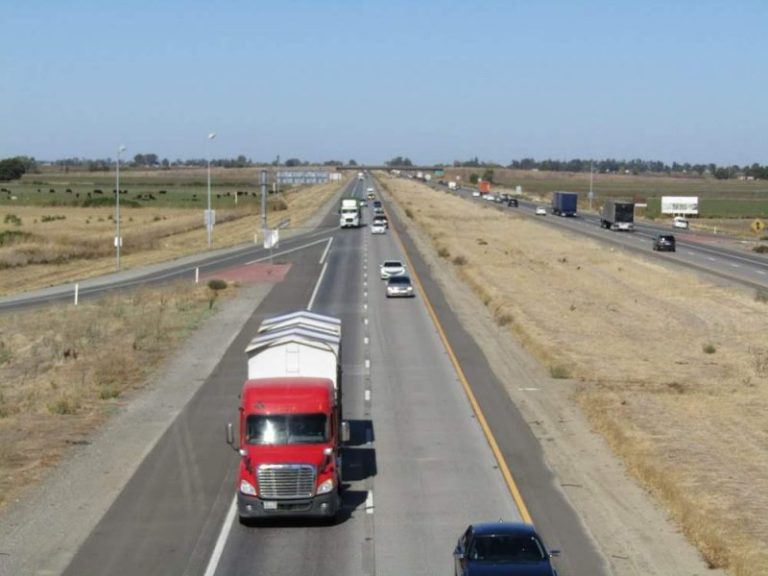What Steps Should You Take After a Hit-and-Run Truck Crash?
Defined as a crash where at least one of the parties involved flees the scene, a hit-and-run accident is often devastating. Across the country, hit-and-run accidents are on the rise, especially those involving large trucks. Hit-and-run crashes involving fatalities are also up, according to the National Highway Traffic Safety Administration.
There were an estimated 737,100 hit-and-run crashes in 2015 across the country, meaning that a hit-and-run crash happens somewhere in the country every 43 seconds. In 2016, the 2,049 fatalities from hit-and-run crashes in Arizona were the highest number ever recorded.
If you’ve sustained injuries in a hit-and-run accident in Arizona, contact the Phoenix auto accident attorneys at ELG. Our team of accident lawyers in Phoenix and Mesa is here to help. Though these accidents can’t always be avoided, knowing the common causes of these hit-and-run collisions can help you stay aware and prepared when you’re on the road.
What Causes Most Hit-and-Run Truck Accidents?
 Increased penalties for traffic violations, especially DUI, may be to blame for many hit-and-run accidents. If a driver is impaired when they’re involved in a crash, even if they’re not at fault, they are more likely to flee the scene to avoid penalty.
Increased penalties for traffic violations, especially DUI, may be to blame for many hit-and-run accidents. If a driver is impaired when they’re involved in a crash, even if they’re not at fault, they are more likely to flee the scene to avoid penalty.
This is especially true regarding truck accidents. For commercial vehicle and large truck drivers, the consequences for DUI in Arizona are even more severe. Commercial truck drivers with a Blood Alcohol Content (BAC) of 0.04% or more are subject to license suspension for up to 360 days and jail time, as well as costly fines.
Plus, if a driver is on the road illegally, they are more likely to leave the scene of an accident. This may mean that the driver is operating their vehicle without a valid license or without car insurance coverage.
Furthermore, the driver may be in the country illegally or have an active arrest warrant. If a driver is attempting to avoid police, they are more likely to leave the scene, especially large truck drivers who will lose their jobs as a result.
And in rare instances, a driver could sustain head trauma in an auto accident, which causes disorientation. Disoriented drivers may leave the scene to seek medical attention, or they may not realize that another driver has been involved in an accident.
However, Arizona has enacted new penalties for those found guilty of hit-and-run to confront the problem. These penalties institute license suspensions depending on the outcome of the crash. If the accident only involved vehicle damage, for example, a hit-and-run driver loses their license for one year. If there was a fatality, the hit-and-run driver loses their license for 10 years.
What Should You Do After a Hit-and-Run Truck Accident?
First, you should seek immediate medical assistance. Your health and the health of your passengers is the top priority in the aftermath of a crash. Additionally, calling 911 will bring the police and an ambulance, both of which are essential after a crash. Because a hit-and-run crash is a serious crime, particularly for truck drivers, you will need a police report for your claim. Avoid admitting any fault in the accident.
From there, take notes at the scene. Write down any information you remember about the truck that hit your vehicle, even partial information. Any details you remember about the driver and their truck or their company will be helpful.
Finally, connect with possible witnesses. Look for any individuals in the area who may have witnessed your accident and obtain their contact information.
Reach Out to a Truck Accident Attorney in Phoenix
Victims of hit-and-run accidents often feel helpless or left with few options for legal recourse. If you’ve sustained injuries from a hit-and-run accident, you should contact a lawyer immediately. Our Phoenix accident attorneys at ELG have years of experience when it comes to fighting for victims and their families. Call our experienced truck accident attorneys in Arizona at (623) 321-0566 for a free consultation and legal representation today.
Law News Feed
All NewsWho Is Liable for Damages After a Truck Accident?
According to information from the National Highway Traffic Safety Association, more than 2,500 truck accidents occur each year in Arizona. It goes without sayin…
Common Injuries After a Motorcycle Accident
Motorcycle accidents kill or severely injure individuals more frequently than any other type of crash, resulting in immense amounts of suffering and financial d…

